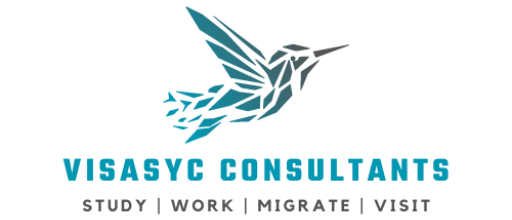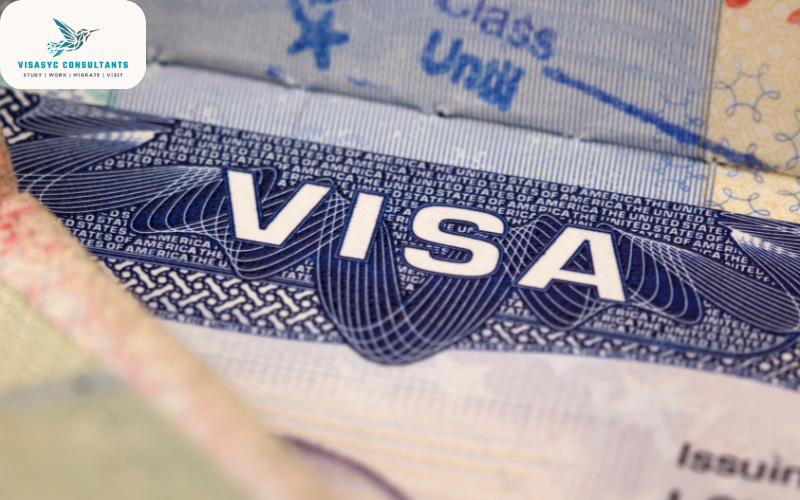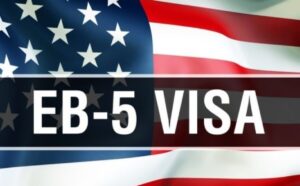Studying abroad is a dream for many students, yet the process of obtaining an F1 student visa can seem daunting. In this guide, we simplify the complexities, offering a straightforward understanding of the visa application process and highlighting the essential documents. We also address some frequently asked questions about the F1 Visa, providing you with the knowledge and confidence to pursue your dream education overseas.
WHAT IS F1 VISA?
The F1 visa is a student visa that is given to international students who want to attend educational institutions in the United States. It covers levels from elementary school to university and graduate school, including other degrees.
QUALIFICATION CONDITIONS FOR F1 VISA APPLICATION
• Ensure your chosen institution is listed on the SEVP website.
• You must be enrolled as a full-time student.
• Submit documents demonstrating your intention to return home after completing your studies.
• Provide evidence of adequate funds to cover study and living expenses.
• Demonstrate proficiency in English through standardized tests like TOEFL or IELTS.
• Your passport is valid for U.S. travel for at least six months after your program ends.
APPLICATION PROCESS
• Receive Acceptance and 1-20 Form: Obtain acceptance into a SEVP-certified institution and receive Form 1-20
• Pay SEVIS Fee: Pay $510 for your F-1 student visa, including processing fees, and save the 1-901 SEVIS receipt.
• Complete DS-160 Visa Application: Submit DS-160 application with passport, travel itinerary, and photo.
• Schedule Visa Interview: Arrange an interview at the nearest U.S. embassy or consulate.
• Attend Visa Interview: Confirm student status
legitimacy and provide financial support evidence.
• Obtain F-1 Visa Status: Upon successful interview, gain F-1 visa status within 120 days of course start date in the U.S.
DOCUMENTS NEEDED FOR F1 VISA INTERVIEW
• Make sure to bring the following documents to your visa interview:
• A valid passport with an expiration date at least six months beyond your intended entry date into the United States
• A copy of your photo for the visa that meets U.S. Department of State requirements
• Your Form DS-60 confirmation page
• Your 1-1901 SEVIS fee payment receipt
• Form I-20 issued by your academic institutions
make sure to bring evidence of:.
Transcripts, diplomas, degrees, or certificates from schools you attended
• Standardized test scores your U.S. institution requires.
• Proof of ties to your home country
• Proof of financial funds to support your studies in the United States
To ensure a successful F-1 student visa application, carefully review and adhere to all instructions. Triple- check your documents for accuracy before submission. Shorelight advisors are available to provide visa assistance, helping you gather and organize required documents promptly and correctly
F1 VISA VALIDITY
The validity of your Fl visa is for as long as it is stated on your 1-20 form and 1-94 form which is given to you when you enter the US.
if you are renewing your visa, you should follow the same procedure.
that you have already done it once and you intend to continue your education for the remaining years to get your degree.
If your visa is approved, you are allowed to depart for the US 30 days before your program begins. You cannot enter the US any earlier than that.
FAQS ON F1 VISA
• When Should you Apply for the F1 Visa?
Once you’ve been accepted into your chosen institution, you’re eligible to apply for the visa 120 days before your program’s start date. Applying earlier isn’t possible, and delaying your application could lead to processing delays.
Therefore, as soon as the 120-day window opens, be sure to submit your application promptly.
• Can you change schools while on an F-1 visa?
Generally, yes, you can transfer to another SEVP-certified institution. Contact your Designated School Official (DSO) to initiate transferring your SEVP record.
• Can you work while on an F-1 visa?
During your first academic year, you’re limited to on- campus employment. Afterward, F-1 visa holders can engage in three types of off-campus employment: Curricular Practical Training (CPT), Optional Practical Training (OPT), and STEM OPT.
You may also apply to change status for jobs requiring a different visa type through USCIS, typically sponsored by your employer if not eligible for family-based green cards.
• Can I Stay Longer Than My Visa Allows?
After your visa expires, you have 60 days to prepare to return home. If your visa doesn’t cover your entire time in school, you’ll need to apply for renewal or extensions. Extensions are only granted if you can prove you’ll finish your degree in the US and plan to return home afterwards
• Can you bring your family with you while on an F-1 visa?
Yes, your spouse and unmarried, minor children who will live with you can all apply for F-2 visas. Your spouse cannot work, but your dependents can attend school. Your institution will have to issue your spouse and children each a Form 1-20. You will have to provide a copy of your visa issuance and proof of relationship.
• What should F1 visa students consider before travelling outside the US??
>
F1 visa students frequently travel abroad during university breaks or for emergencies, often to their home countries or other destinations. Before planning and booking travel, students must follow instructions to ensure re-entry into the United States
Finally, make your dreams a reality by following the steps and instructions carefully to apply for the F1 student visa. Start your journey towards your desired education abroad with confidence and determination.
Remember. During your F-1 student visa interview, you want to sufficiently demonstrate that you are traveling to the US to study and planning to return to your home country once your program is complete. Keep this in mind as you answer your interview questions




